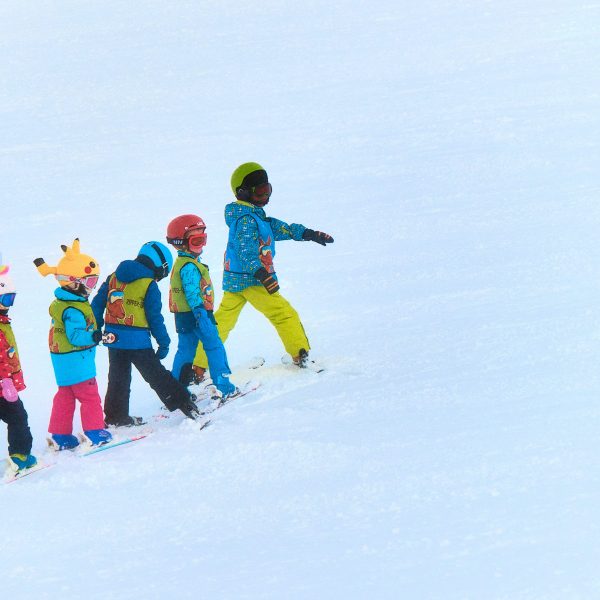New OECD Education Report provides comparative insights on Australia’s ECEC system

The Organisation for Economic Co-operation and Development (OECD) has released a new report examining education policy in Australia as part of its Education Policy Outlook series, which presents comparative analysis of education policies and reforms across OECD countries.
This country policy profile provides:
- analysis of the educational context, strengths, challenges and policies;
- analysis of international trends;
- insight into policies and reforms on selected topics in Australia and other education systems; and,
- policy pointers to inform possible future action.
It is seen as means to consider developments in the education system, including areas of
progress and areas for ongoing attention, viewed from the perspective of the OECD through synthetic, evidence-based and comparable analysis.
Although the report examines the entire education system, the early childhood education and care (ECEC) sector features heavily and will be the focus of this piece.
Key highlights:
ECEC quality enhancement efforts are yielding results
The report notes that Australia has worked to enhance ECEC quality with results evident, for example, PISA 2018 data show that children in Australia who reported having attended two years of ECEC performed 17 score points higher in reading than their peers who had not, even after controlling for socio-economic background.
High level of private co-payments for ECEC versus OECD averages
The report noted that private sources of paying for ECEC services, also known as the parent gap fee, account for almost double the OECD average proportion of private expenditure and that rising prices create barriers to equitable access of quality ECEC and pre-primary education.
ECEC coverage has increased but still lower than other OECD countries
Coverage of pre-primary education has increased considerably under national commitments to ensure 600 hours of provision in the year before school but across three to five year olds, participation remains relatively lower compared to other OECD countries. In 2020, 82 per cent of children in Australia participated in formal ECEC or primary education, compared to an OECD average of 87 per cent.
Participation gaps in disadvantaged and Indigenous children exist but are decreasing
National data and education actors with whom the OECD met indicate participation gaps for disadvantaged and Indigenous children, although these are decreasing.
Stakeholder collaboration to resolve workforce issues endorsed by OECD
The report outlines a 10-year strategy to ensure a sustainable, high-quality children’s education and care workforce created via collaboration across governments, the ECEC sector, and other key stakeholders to address workforce challenges in the sector was endorsed as a by the OECD who noted that evidence highlights the importance of developing relevant indicators to direct implementation towards achieving policy goals and involving stakeholders in this process can help to ensure that indicators are embedded in practice.
Popular

Workforce
Quality
Research
When did it start to go wrong?
2025-12-18 08:00:46
by Fiona Alston

Quality
Practice
Research
Small ways to teach babies and toddlers body safety and consent in early learning
2025-12-15 08:00:40
by Fiona Alston

Quality
Research
Food safety in early learning centres: Protecting children through better practices
2025-12-15 07:45:24
by Contributed Content















